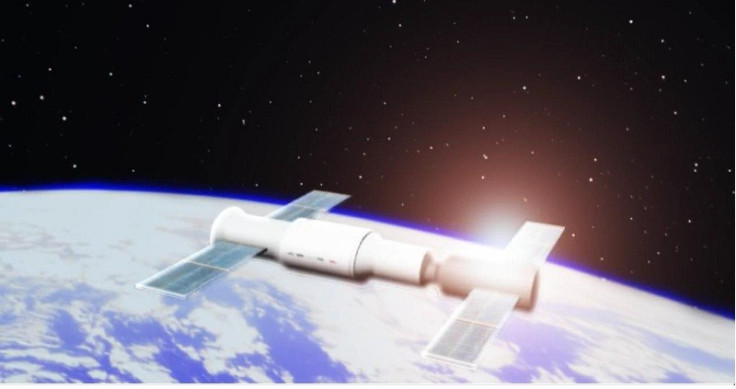China's Manned Spacecraft to Dock with its Space Station Module in June
China will achieve another milestone in its space programme if its manned spacecraft successfully docks with the Tiangong-1 module.
China will launch its manned spacecraft in mid-June to perform a space docking, it has been reported.
The move is seen as a step ahead in achieving a 60-tonne permanent space station by 2020. Earlier, the Communist nation was turned away from the International Space Station, a 16-nation partnership, apparently at the insistence of the US.
The Shenzhou-9 spacecraft and its carrier rocket have already been moved to the launch platform at the Jiuquan Satellite Launch Centre in northwest China, reports the country's state media.
It would be China's first manned mission since September 2008 and the spacecraft would be docking manually with the Tiangong-1 module (Heavenly Body) presently orbiting the earth.
Tiangong-1 is the first space station module launched by China.
The crew of Shenzhou-9 spacecraft may include female astronauts, another first in the country's space programme, Xinhua reported, quoting Niu Hongguang, deputy commander-in-chief of the manned space programme.
After docking with the Tiangong-1, two of the crew would move to the space station temporarily and conduct experiments while the third one would stay back in the spacecraft.

Space docking technology requires delicate maneuvering that brings together two high speed vessels in the orbit.
In 2011, China achieved success in space docking with an unmanned space craft docking with Tiangong-1, with the help of remote control.
In 2003, China joined the elite club of manned missions and became the third country to independently send humans to the space after the US and Russia. China conducted two more manned space flights after that and the present one would be the fourth.
China is aiming moon landing and a government report on its space programme released in December 2011 indicated that the county's plans for a preliminary study on human lunar landing.
The last lunar landing was the US Apollo mission in 1972.
© Copyright IBTimes 2024. All rights reserved.






